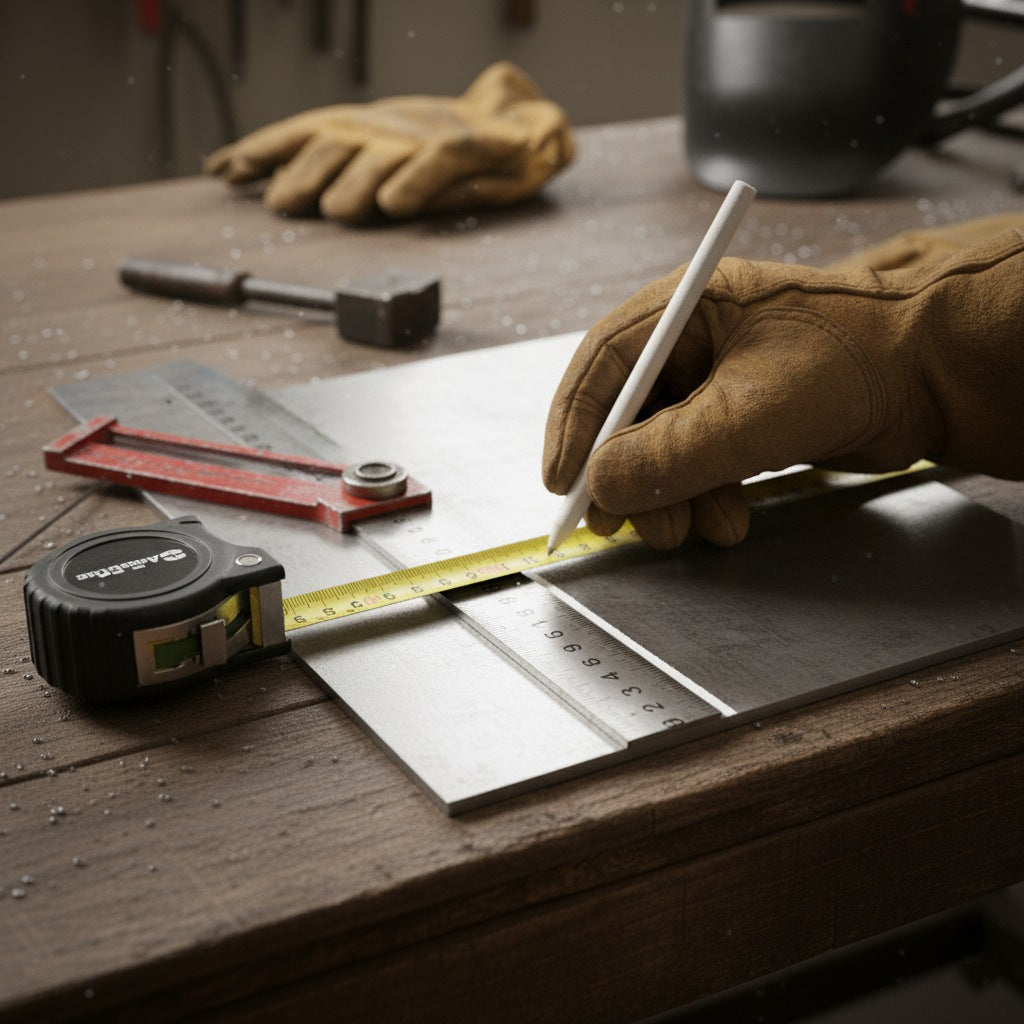
What tools i might need when i try to build something with a welder?
Share
So you’ve got a welder — awesome. Now you wanna build something? Even better. But your welder alone isn’t enough. You’ll need a few basic tools to cut, clamp, measure, and clean metal. Don’t go overboard. Just get the essentials. Here’s what you’ll actually use, day in and day out.

Angle Grinder – Your #1 sidekick. You’ll use it to clean rust, remove paint, smooth welds, and even cut thin metal. Get a 4.5-inch or 5-inch one. Pick up a bunch of discs: grinding wheels for shaping, flap discs for smoothing welds, and cutting wheels for slicing steel. This thing earns its keep.

Wire Wheel (for the grinder) – Before you weld, clean the metal. A wire wheel on your grinder zaps off rust, mill scale, and gunk so your weld sticks strong. No clean metal = weak, ugly welds. Simple.

Cutoff Wheel or Chop Saw – Need to cut steel to size? You can use the grinder, but it’s slow. A portable chop saw cuts pipe, angle iron, and tubing fast and square. Cheaper option? Just use a grinder with a cutting disc — it works, just takes longer.

Clamps – Lots of ‘em. You can’t weld while holding pieces with your hands. C-clamps, locking pliers (Vise-Grips), and corner clamps hold everything in place so your hands stay free. Misaligned? Clamp it. Wobbly? Clamp it again. Good clamps save your sanity.

Measuring & Marking Tools – A tape measure, square (like a combo square or speed square), and a soapstone pencil or marker. Measure twice, cut once — old saying, but true. The square makes sure your corners are 90 degrees. Soapstone draws on hot metal and doesn’t burn off.

Hammer & Chipping Hammer – After you weld (especially with Stick or flux-core), you’ll have slag — that crusty gray junk on top. A chipping hammer knocks it off. A regular ball-peen hammer helps tweak misaligned parts or tap things into place.

Welding Table or Workbench – Not a tool, but critical. You need a solid, flat, metal surface to build on. Build one yourself or use a heavy steel table. Makes clamping, measuring, and welding way easier.

Pliers & Wrenches – Basic hand tools. Needle-nose pliers for small parts, wrenches or sockets if you’re bolting things together or adjusting clamps.
Optional but Handy

Drill & metal drill bits – For making holes in steel.
Bench vise – Holds metal solid while you cut or weld.

Magnetic square – Keeps corners perfect while clamping.
Angle finder or protractor – If you’re doing fancy cuts or joints.
You don’t need it all day one. Start with the grinder, clamps, tape measure, square, and hammer. Add tools as you go. The point is: welding is just one part of building. The real magic happens when you prep right, fit things tight, and clean up like a pro.
So gear up, keep it simple, and start making. You’ll learn fast — and every tool will earn its spot in your shop.
